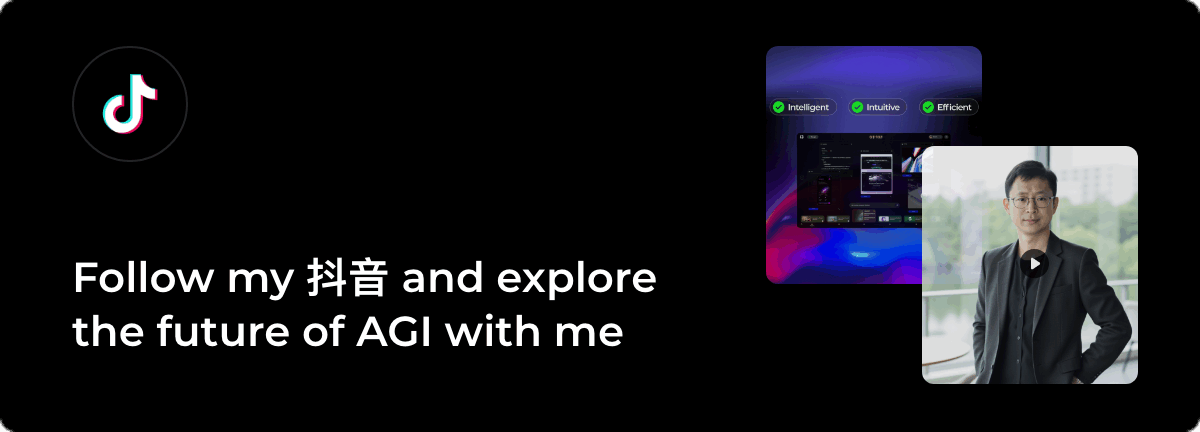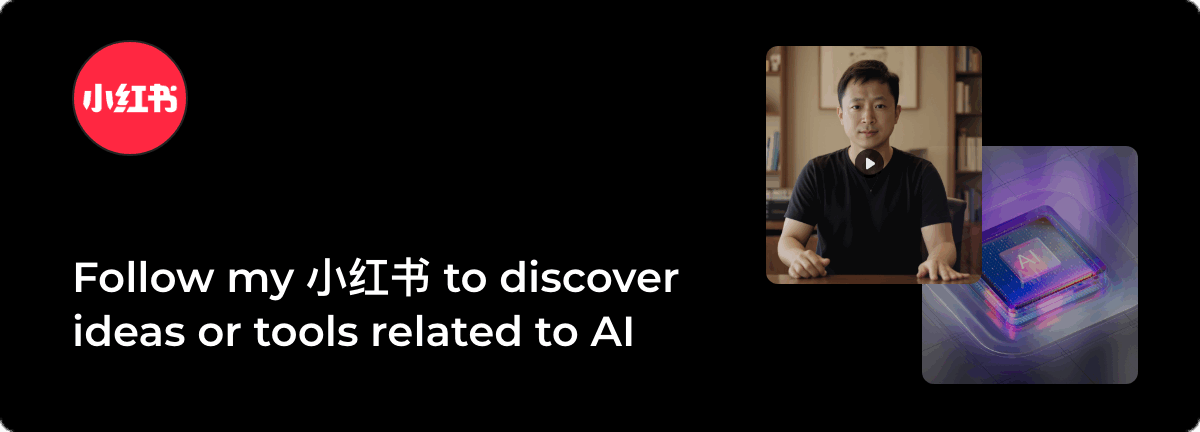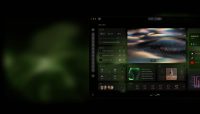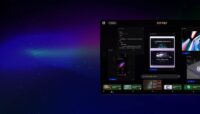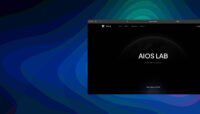Recently, I’ve been thinking a lot about the future of AIOS (Artificial Intelligence Operating Systems), and I couldn’t resist sharing some of my thoughts. As someone deeply immersed in AI development, especially with my ongoing INONX AI project, I can clearly see how pivotal AIOS will be in shaping the future. It’s no longer just about an operating system in the traditional sense—it’s a revolutionary concept that could completely transform how we work and live.
What Exactly Is AIOS?
Let’s start with what AIOS means to me. It’s not a mere upgrade of Windows, macOS, or Linux; it’s an entirely new kind of operating system built on AI. It deeply integrates large AI models, multimodal AI agents, and automation tools to become an intelligent, dynamic, and personalized platform. This is not just a system you “operate”; it’s a super assistant that collaborates seamlessly with humans, helps us make decisions, and even takes the initiative to solve problems.
1: AIOS Will Be Everywhere
By 2025, AIOS will likely break the boundaries between devices and platforms. It won’t just live on your computer or phone; it’ll be everywhere—on smartphones, tablets, smartwatches, and even smart home devices, all seamlessly connected.
Imagine this: you tell your AIOS to plan your workday while at home, and it syncs everything to your office devices. When you’re on the go, it updates your car system with the latest meeting schedules. No matter the device, you won’t need to adjust—AIOS will “know” you and automatically switch to the best interaction mode.
2: Human-AI Collaboration Will Reach New Heights
Future AIOS won’t just follow commands; it’ll actively “think” on your behalf. For instance, when you launch AIOS, it could analyze your behavioral patterns and schedule to proactively suggest task priorities, organize your to-do list, or even complete repetitive tasks ahead of time.
The multimodal capability will revolutionize interaction—you could upload an image, a recording, or even sketch out an idea, and AIOS will instantly understand your needs and provide solutions. Say something like, “Help me design a marketing webpage,” and it could generate the designs, content, and even code for you in one go!
3: Modular and Highly Personalized Systems
I foresee AIOS becoming an open, modular system where users can customize it according to their needs. Designers might prioritize creative tools and efficient image processing modules; programmers could focus on code generation and logic optimization tools; and freelancers might lean toward project management and financial analytics.
This level of personalization would turn AIOS into a truly “tailored” operating system for everyone.
4: Cross-Domain Smart Integration
Another standout feature of AIOS will be its ability to integrate seamlessly across different domains. It won’t just assist with work but will enhance daily life as well.
For instance, you could tell AIOS, “Plan a family vacation,” and it would gather destination options, compare transportation and accommodations, generate an itinerary, and even draft emails to invite your family to join. This kind of all-encompassing integration would make AIOS a core part of life—a truly indispensable assistant.
Future Scenarios for AIOS Applications
Fully Automated Workflows
Freelancers and entrepreneurs might be among the earliest adopters of AIOS. Imagine starting your day by telling AIOS your goals, and it handles everything else—organizing emails, generating reports, designing webpages, planning social media posts. You’d only need to focus on creativity and decision-making.
Education and Learning Assistant
Students and educators will also benefit greatly. Students could upload class notes or videos, and AIOS would create summaries, mind maps, or personalized study plans. Teachers could quickly prepare teaching materials, exercises, and track students’ progress in real-time.
Home and Life Assistant
In the future, AIOS might take over household management entirely. It could plan meals, control smart home devices, create fitness plans, and even schedule appliance repairs. AIOS could truly be your “home manager.”
Social Good and Healthcare
AIOS has enormous potential in public welfare and healthcare. It could analyze data in disaster areas and coordinate rescue efforts in real-time. In healthcare, AIOS could assist doctors by extracting key information from patient histories, generating diagnoses, or even recommending treatment plans.

Challenges and Future
There are challenges ahead for AIOS—refining the depth of multimodal understanding, ensuring robust privacy and data security, and making the technology more user-friendly rather than overwhelming.
But I truly believe AIOS represents a new era: a leap from “human-computer interaction” to “human-AI collaboration.” It will be the helper that amplifies human potential, making it an essential part of our future work and life.
As someone working on AIOS-related technologies, this is both an exciting challenge and a huge motivator. Through INONX AI and AIOS Lab, I aim to keep exploring and advancing AIOS development, hoping to bring it into everyone’s lives sooner rather than later.
This is how I envision AIOS in 2025—a game-changer for how we live and work. What do you think about AIOS? I’d love to hear your thoughts!
